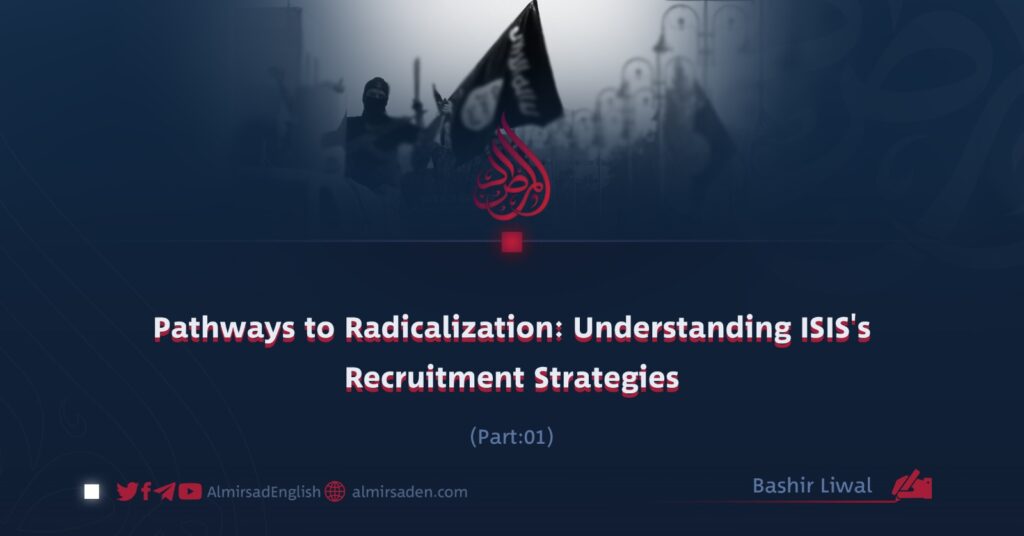Part 1
Bashir Liwal
How Does ISIS Attract People to Extremism?
The modern-day Khawarij, widely known as ISIS, have systematically exploited a blend of psychological, social, and economic vulnerabilities to recruit thousands into their extremist ranks. While the group falsely portrayed itself as the true guardian of Islam, in practice, it distorted sacred religious principles to manipulate the disadvantaged and vulnerable, turning faith into a weapon of deception.
It is widely acknowledged that many of those who joined ISIS did so without a comprehensive or accurate understanding of Islamic teachings. Their decisions were often driven by promises of financial reward, a longing for justice, or deep personal grievances. A sincere and informed understanding of Islam would, in most cases, shield individuals from falling prey to such extremist ideologies.
ISIS effectively preyed on intellectual confusion and crises of identity, especially among young people searching for purpose and belonging. It offered them a perverse version of religion, one in which violence and brutality were not merely allowed but glorified. These modern Khawarij used a variety of tactics to mislead and radicalize, with one of the most effective being their strategic use of social media and digital platforms.
Through professionally produced propaganda and ideologically charged content, disseminated across platforms like Telegram, Facebook, and Twitter, ISIS was able to broadcast its message across borders. Encrypted and clandestine online networks allowed the group not only to spread its ideology but also to coordinate assassinations and orchestrate acts of mass violence.
In some Asian countries, such as Indonesia, the group targeted lonely and marginalized women with promises of emotional fulfillment and a better life. Tragically, some of these women became so indoctrinated that they expressed a willingness to participate in mass killings. This serves as a stark reminder of how effectively ISIS manipulated feelings of isolation, despair, and longing to expand its ranks.
Beyond the digital space, ISIS also took full advantage of dire socio-economic conditions. In impoverished regions like Tajikistan and several African countries, jobless and disillusioned young men with no clear future became easy targets. Enticed by promises of money and influence, they joined the group. ISIS deepened their sense of resentment by presenting itself as a victimized force, inciting hatred and fabricating enemies to justify its call to violence.
The consequences for many of these recruits were devastating. Rather than gaining empowerment or stability, they found themselves trapped in a cycle of violence, trauma, and eventual disillusionment. For most, the realization came too late: the promises had been hollow, and the path they had chosen led only to destruction.
One of ISIS’s most insidious tactics was its ability to offer recruits a new identity. Members were told they belonged to a noble Islamic nation and were “soldiers of Allah” fulfilling a divine mission. This system not only justified violence but framed it as a sacred obligation.
Such psychological manipulation was particularly potent among youth struggling to find meaning, value, or belonging. ISIS even invoked apocalyptic imagery and rhetoric to convince its followers that they were on the frontlines of a global, divinely ordained battle.
In the end, the experience of ISIS underscores a critical truth: extremism cannot be defeated through military means alone. It is essential to address its root causes, including social, economic, and psychological factors. Youth must be empowered through quality education, meaningful opportunities, and a sense of hope. Without such support, vulnerable individuals will remain susceptible to the deceptive appeals of extremist groups masquerading under the guise of religion.
